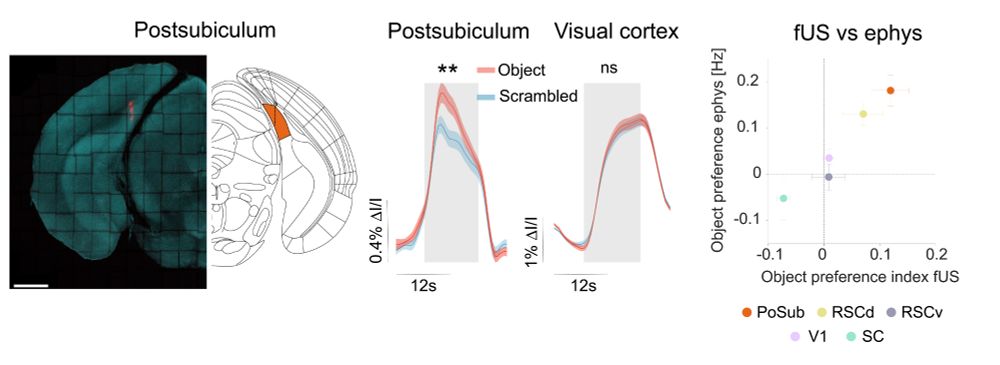Emilie Macé
@mace-lab.bsky.social
230 followers
430 following
18 posts
Neuroscience & functional ultrasound imaging. Vision and brain states. Professor at University Medical Center Göttingen. https://brainwidenetworks.uni-goettingen.de/ Co-Spokesperson, EKFZ Center for Optogenetic Therapies. https://ekfz.uni-goettingen.de/en/
Posts
Media
Videos
Starter Packs













